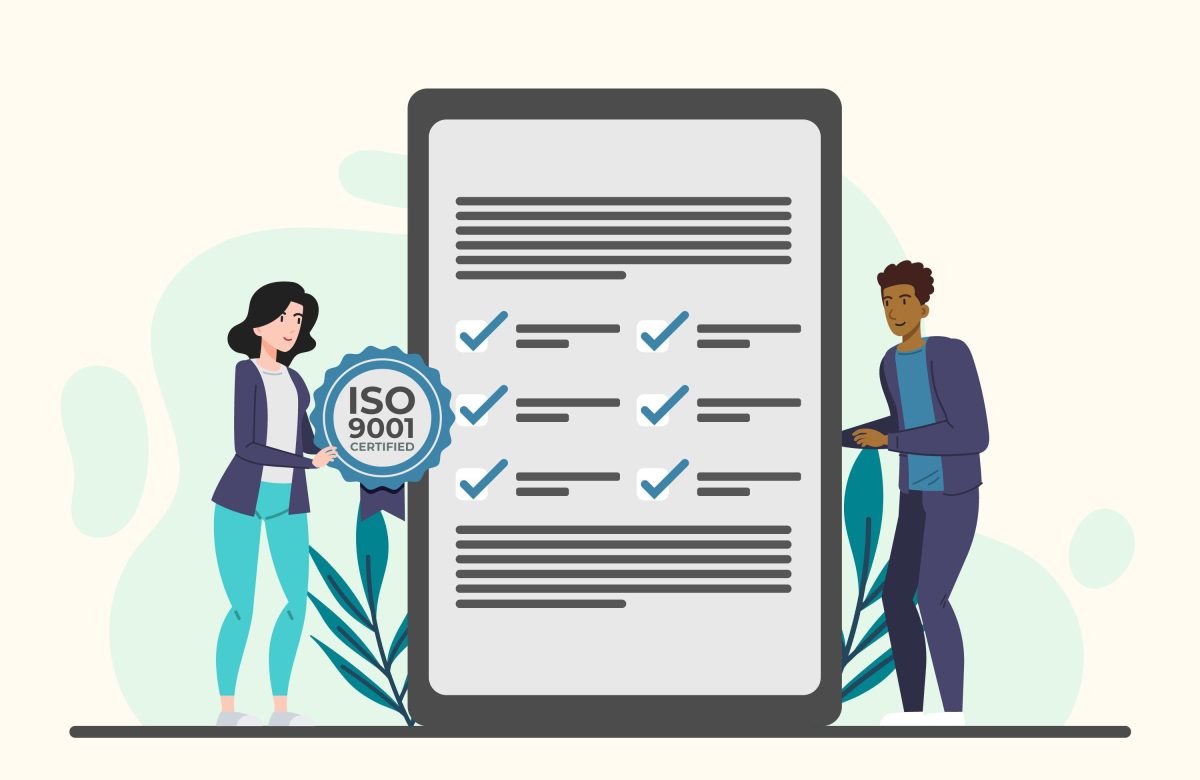How to use data-driven marketing for better results

In the ever-evolving world of marketing, data has emerged as the driving force behind informed decision-making and impactful strategies. Data-driven marketing leverages the wealth of information available to marketers to create targeted, personalized, and effective campaigns that resonate with audiences and deliver better results. In this blog, we’ll explore the concept of data-driven marketing and outline the key steps to harness its power for achieving remarkable outcomes in the competitive business landscape.
Understanding Data-Driven Marketing
Data-driven marketing involves the use of data and analytics to guide marketing decisions, optimize strategies, and enhance customer experiences. By analyzing consumer behaviors, preferences, and trends, marketers can tailor their campaigns to deliver the right message to the right audience at the right time, ultimately driving better results.
Step 1: Define Clear Objectives
Start by setting clear marketing objectives aligned with your overall business goals. Whether it’s increasing brand awareness, driving conversions, or boosting customer retention, defined objectives provide direction for your data-driven marketing efforts.
Step 2: Collect and Centralize Data
Gather relevant data from various sources such as website analytics, customer relationship management (CRM) systems, social media platforms, and email marketing. Centralize this data to create a comprehensive dataset for analysis.
Step 3: Segment Your Audience
Divide your target audience into segments based on common characteristics, behaviors, or demographics. Segmentation allows you to create personalized messages that resonate with each group’s specific needs and preferences.
Step 4: Analyze Data for Insights
Utilize data analytics tools to analyze the collected data and extract valuable insights. Look for patterns, trends, and correlations that can inform your marketing strategies.
Step 5: Personalize Marketing Messages
Craft personalized marketing messages based on the insights gained from data analysis. Personalization enhances engagement and resonates more strongly with your audience.
Step 6: Optimize Campaigns in Real Time
Monitor your campaigns in real-time and use data to make necessary adjustments. If a particular approach is not yielding desired results, data can guide you toward refining your strategy on the fly.
Step 7: Utilize Predictive Analytics
Leverage predictive analytics to forecast future trends and behaviors. Predictive models can help you anticipate customer needs, tailor campaigns, and seize opportunities before they arise.
Step 8: A/B Testing and Experimentation
Implement A/B testing to compare different elements of your campaigns, such as subject lines, visuals, or call-to-action buttons. Testing helps you identify which strategies yield better results.
Step 9: Optimize User Experience
Analyze user behavior on your website or app to identify pain points and areas for improvement. Enhancing user experience based on data insights can lead to higher conversion rates.
Step 10: Multi-Channel Integration
Integrate data from different marketing channels to create a holistic view of your customer’s interactions with your brand. Multi-channel integration enables you to deliver consistent experiences across platforms.
Step 11: Monitor and Measure ROI
Regularly monitor and measure the return on investment (ROI) of your marketing campaigns. By tracking metrics such as conversion rates, customer acquisition costs, and customer lifetime value, you can assess the effectiveness of your strategies.
Step 12: Customer Journey Mapping
Map out the customer journey to understand how customers interact with your brand at different touchpoints. Data-driven insights help you tailor each stage of the journey to meet their needs.
Step 13: Data Security and Privacy
While using data for marketing is powerful, ensure that you prioritize data security and customer privacy. Comply with data protection regulations and build trust with your audience by being transparent about data usage.
Step 14: Continuous Learning and Adaptation
The world of data and marketing is constantly evolving. Embrace a culture of continuous learning, stay updated on industry trends, and be willing to adapt your strategies based on new insights.
Step 15: Cultivate a Data-Driven Culture
Create a culture within your organization that values data-driven decision-making. Encourage collaboration between marketing and data teams to optimize strategies effectively.
Benefits of Data-Driven Marketing
- Enhanced Targeting: Data-driven marketing allows you to precisely target your audience, increasing the likelihood of reaching the right people with your message.
- Personalization: Personalized marketing messages based on data insights resonate more deeply with customers, leading to higher engagement.
- Optimized Budget Allocation: Data helps you allocate your marketing budget more efficiently by investing in strategies that yield the best results.
- Improved Customer Experience: Data-driven insights enable you to create a seamless and tailored customer experience that meets their needs.
- Higher ROI: By leveraging data to optimize campaigns, you can achieve higher return on investment and better overall outcomes.
Conclusion
Data-driven marketing is a game-changer in the modern marketing landscape. By collecting, analyzing, and applying data insights to your strategies, you can create campaigns that deliver exceptional results and drive business growth. The key is to use data to understand your audience, personalize messages, optimize campaigns, and continuously adapt based on insights. With the right approach, data-driven marketing empowers you to make informed decisions, connect with your audience on a deeper level, and stay ahead in a competitive and ever-evolving market.




